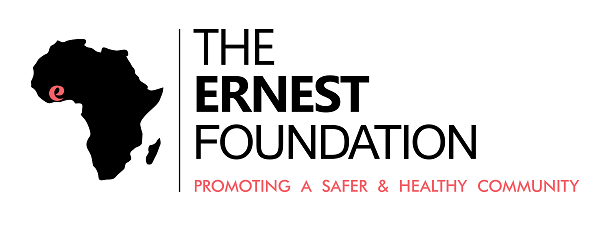Australia has recorded its lowest level of HIV diagnoses in seven years, according to a new report from the Kirby Institute at UNSW Sydney.
The report, released today at the Australasian HIV&AIDS Conference in Sydney, found that there were 963 new HIV diagnoses in 2017, the lowest number since 2010. Researchers are attributing the promising results to more people getting tested for HIV, more people living with HIV starting treatment which reduces the risk of HIV transmission to effectively zero, and an increased use of preexposure prophylaxis (or PrEP, an HIV prevention pill).
“We should be very pleased with these results,” said Professor Rebecca Guy, head of the Kirby Institute’s Surveillance, Evaluation and Research Program. “Although the declines are relatively small, the downward trend over recent years, alongside increased testing rates and enhanced national prevention strategies, mean we can be cautiously optimistic about these reductions.”
Gay and bisexual men continue to represent the highest proportion of new HIV diagnoses in Australia, accounting for almost two-thirds of all infections. “Some encouraging news from this year’s report is that we’re seeing the greatest reductions in HIV diagnoses in this population, with a 15% decrease in diagnoses in the past year,” said Professor Guy.
“This decline is good news, but there is much more work to be done. PrEP offers every opportunity to drive down HIV to low levels, but it needs to reach all people who could benefit from it. In particular we need to improve access for gay and bisexual men living outside of inner-city areas, gay and bisexual men born overseas and Aboriginal or Torres Strait Islander gay and bisexual men.”
The 2017 report also reveals the good news that Australia has met the 2020 UNAIDS global targets. In 2017, an estimated 74% of people living with HIV in Australia had a suppressed or undetectable viral load, which just exceeds the UNAIDS target of 73%. “This is a fantastic achievement for Australia, and reflects strengthened clinical and public health initiatives, and the leadership of people living with HIV,” said Professor Guy. “However, we have a long way to go to meet the 2030 target of 86%. This will only be achieved with enhanced responses and strong partnerships between community, government, research and clinical sectors.”
However, it is not all good news. According to the report, a quarter of new HIV diagnoses in 2017 were among heterosexuals, with a 10% increase in diagnoses over the past five years. “The figures among heterosexuals are concerning. Almost half the diagnoses in this population are late, which means that the person has been living with HIV for four or more years without knowing,” said Professor Guy. “These data highlight the importance of HIV testing among heterosexuals.”
Among Aboriginal and Torres Strait Islander populations, HIV diagnoses have been increasing over the past five years, with rates almost two times higher than the Australian-born non-Indigenous population in 2017. “The fact that Aboriginal populations are not seeing the same declines as the non-Indigenous population means the gap is likely to widen, unless we increase our efforts in HIV prevention, in particular, targeted campaigns for the community focussed on testing, treatment and PrEP,” said Associate Professor James Ward from the South Australian Health and Medical Research Institute.
The report shows very low rates of HIV among people who inject drugs and female sex workers. “Australia is very fortunate to have low HIV rates among these populations, and we need to ensure that health programs and services supporting these groups, such as needle and syringe programs and effective prevention programs targeting sex workers, are sustained,” Professor Guy said.
Source:UNSW

